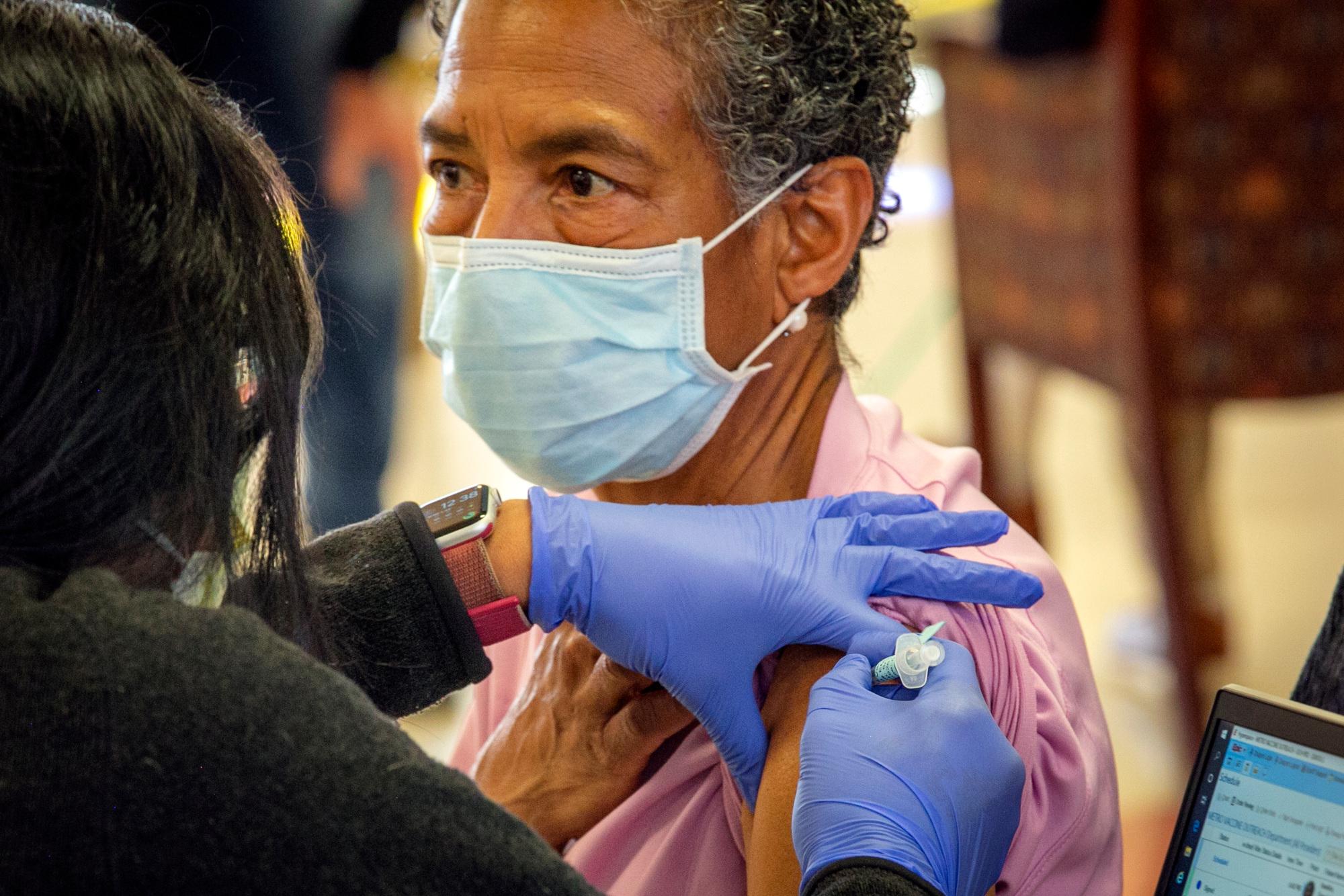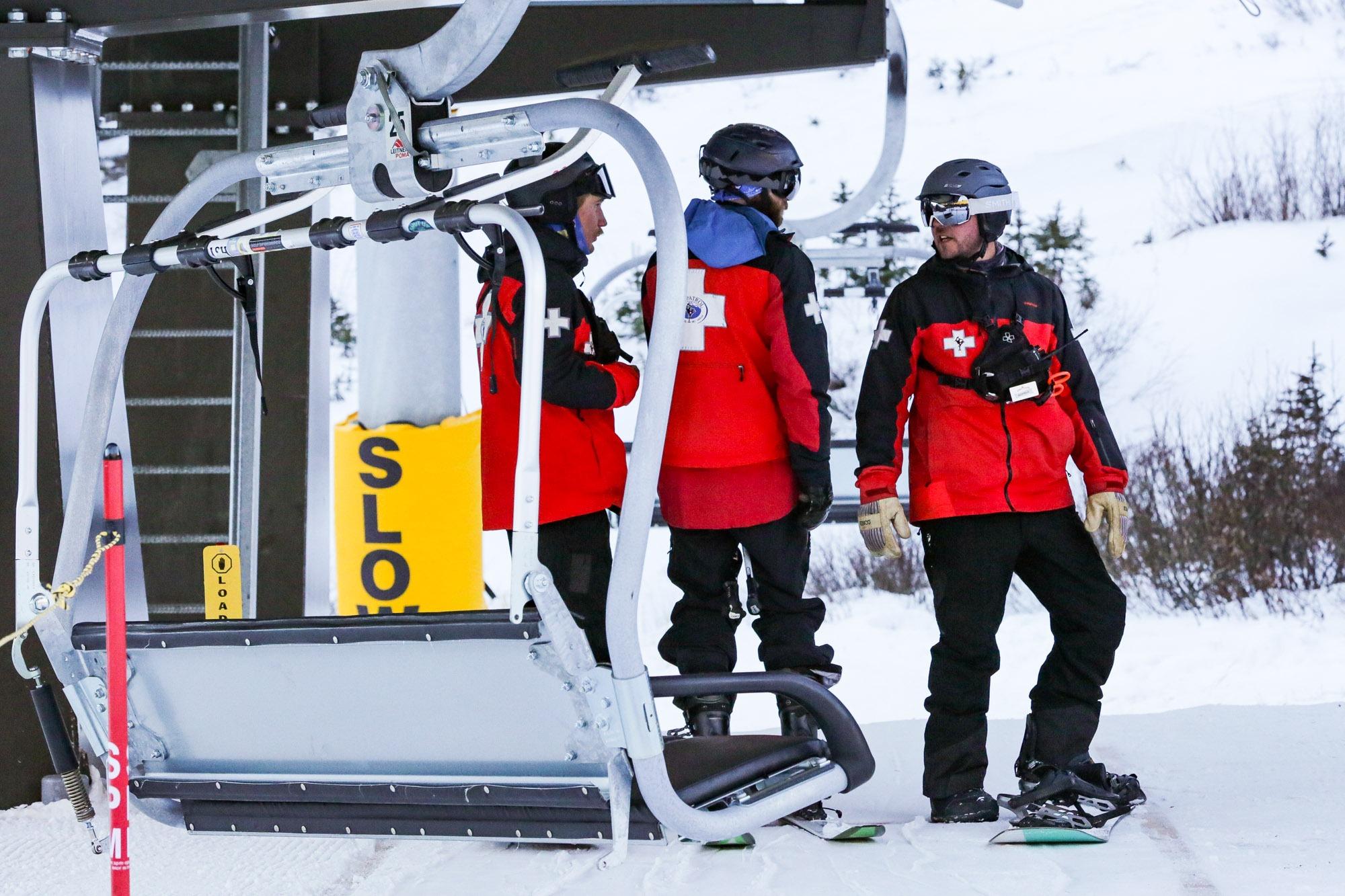
COVID-19 hospitalizations in Colorado are rising sharply this week.
The number of Coloradans with confirmed COVID-19 cases jumped to 225 Wednesday, a near 40 percent spike from 163 last week.
It's the highest level since early March but still well below peaks from previous surges that came with the Delta and original Omicron variants.
Those numbers are “much higher than we've seen in a while, but nowhere near the same magnitude,” of earlier waves, said Dr. Michelle Barron, an infectious disease expert at UCHealth, which has treated a large number of COVID-19 patients during the pandemic.
Right now, “we have 64 patients throughout the (UCHealth) system. And when I looked back to January, because it feels like that was a really long time ago, we peaked at 434.”
Barron also noted COVID-19 patients aren’t staying as long as before, with the average length of stay in the hospital now two or three days, as opposed to five or longer. A variety of factors could be contributing, including higher levels of vaccination, better treatment and perhaps less severe illness caused by Omicron sub variants than earlier variants like Delta.
“I'm feeling a little optimistic,” she said. “But I think it's a watch and wait kind of thing because, as we know, COVID can change quickly.”
Barron cautioned that the emergence of a new variant could be a game changer and warned against complacency.
“My nightmare would be a combination of Delta and Omicron (variants) in terms of very severe and very transmissible,” Barron said. If one had arrived earlier, “we would've ended up in a situation where we would've been overwhelmed again,” with a flood of sick patients needing hospital treatment.
Forty-four percent of those now hospitalized with coronavirus are unvaccinated.
The virus continues to spread widely — and most locations no longer require precautions like masks or restrictions on crowd sizes.
The state's seven-day positivity rate, a rough measure of transmission, has been rising for the last two months and hit 11.85 percent on Wednesday — well above the 5 percent mark seen as dangerous by health experts. That rate is more than four times higher than early March and the highest since early February.
The real level of transmission may well be much higher, since the positivity rate doesn’t include rapid home tests, the vast majority of which are not reported to the state, thus not reflected in state data.
“I do think we're in this new phase of the pandemic,” said Elizabeth Carlton, an associate professor for the school at the CU Anschutz Medical Campus and member of the Colorado COVID-19 Modeling Team that provides epidemiological modeling for the state.
“The answers all feel very unsatisfying right now. We want this clarity that it's either black or white and I feel like we're in this gray place where yes, infections are rising. We have tools at our disposal to reduce the risk of infection, but none of them are a silver bullet.”
With the high positivity rate currently, “your risk of contacting somebody who is infectious with SARS-CoV-2 (the virus that causes COVID-19) is probably reasonably high,” she said. “So it's a good time to layer on extra protections, wearing masks indoors, particularly in crowded spaces. Making sure you're up to date on vaccines.”
Experts say vaccines are working
Slightly more than 70 percent of Colorado’s population has received two vaccine shots, according to the state’s vaccine dashboard. The vaccines, along with some immunity provided by prior infections, are helping Coloradans avoid the most severe outcomes from catching the virus, Barron said.
“Absolutely. I think it's had a huge impact,” she said, noting that without it the big waves in December and January would have likely been worse.
“Having that extra layer of protection with the vaccines kept a lot of people safe and we obviously had other measures in place as well. But if you look at the mortality from early on in the pandemic to where we are now, it's decreased significantly. I think it's because the people that were very vulnerable and were at high risk of dying got vaccinated.”
Some of that group still ended up in the hospital, but not as many, she said.
However, nearly half the state does not yet have a booster shot and immunity from vaccines wanes over time.
The Center for Disease Control and Prevention last month said all people 50 or older should get a second booster shot if at least four months have gone by since their first booster dose.
Last month, the CDC also recommended a booster dose for kids ages 5 to 11 of the Pfizer-BioNTech vaccine. Those in that group who got their last dose at least five months earlier are eligible to receive the additional doses immediately.
Vaccines for the youngest children, those under five, could be available soon, perhaps this month.
Folks who are eligible for the booster shot should get it, Barron advised, noting those older than 60 tend to be most vulnerable to severe illness. Three quarters of Coloradans 65+ have gotten the first two vaccine shots, plus a booster.
“I would say that certainly the booster is super important. There is so much data now that's looked at this,” she said. “So even if you maybe are still on the fence about a second booster, the very first booster is really important in terms of keeping you from getting really sick from this.”
Those under 50 should wait for the next generation of booster shots instead of getting a fourth dose now to prevent Covid-19 infections, Bloomberg reported in April, citing members of a panel of advisers to the CDC.
The primary goal of booster shots should be to limit severe outcomes rather than to prevent transmission of the virus, they said.
Hispanics remain one of the most undervaccinated demographic groups. Between 40 percent and 48 percent of Hispanic Coloradans have been immunized with at least one dose, according to the state’s dashboard. That’s well below other groups.
“I am still seeing first and second vaccines. We are leaving my community behind,” Julissa Soto, an independent health equity consultant who works with the state, told CPR last month. Soto said since last fall, she and others have helped vaccinate some 15,000 in Latino communities. But she’d like to see the numbers pushed far higher.
“Everyone is talking about the fourth booster and my community still struggles to get their first and second dose.”
The vaccine is free and available in roughly 2000 locations statewide.









